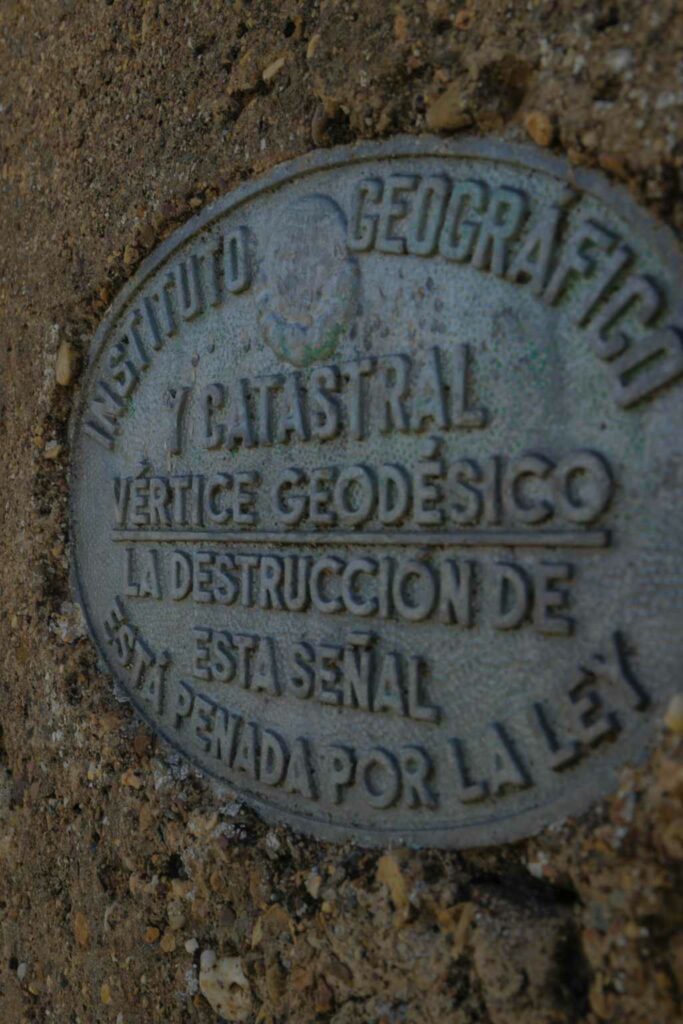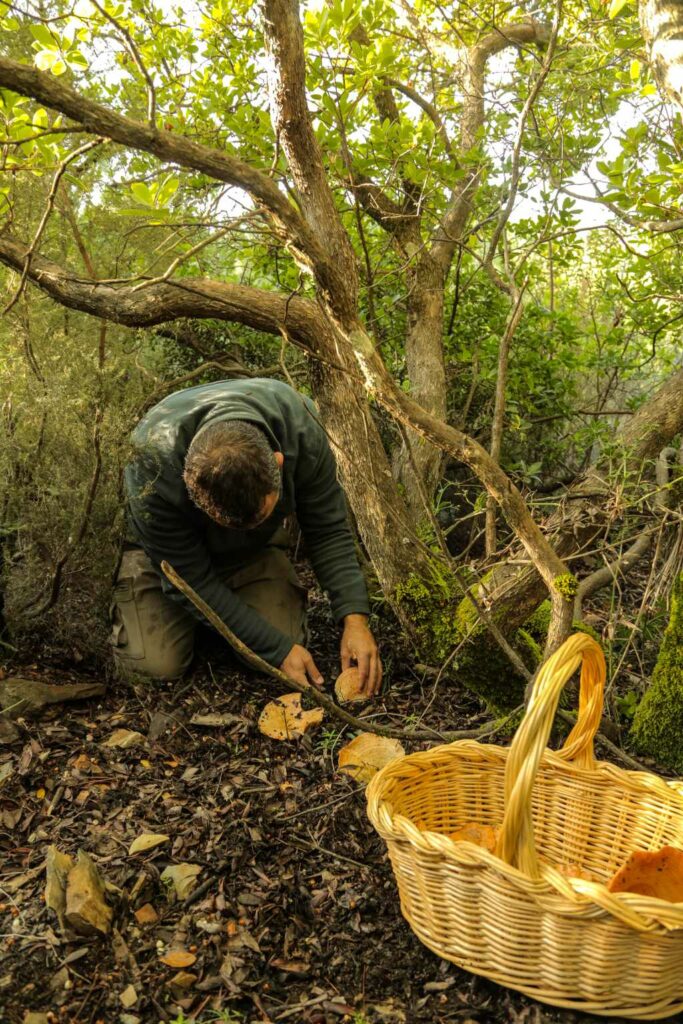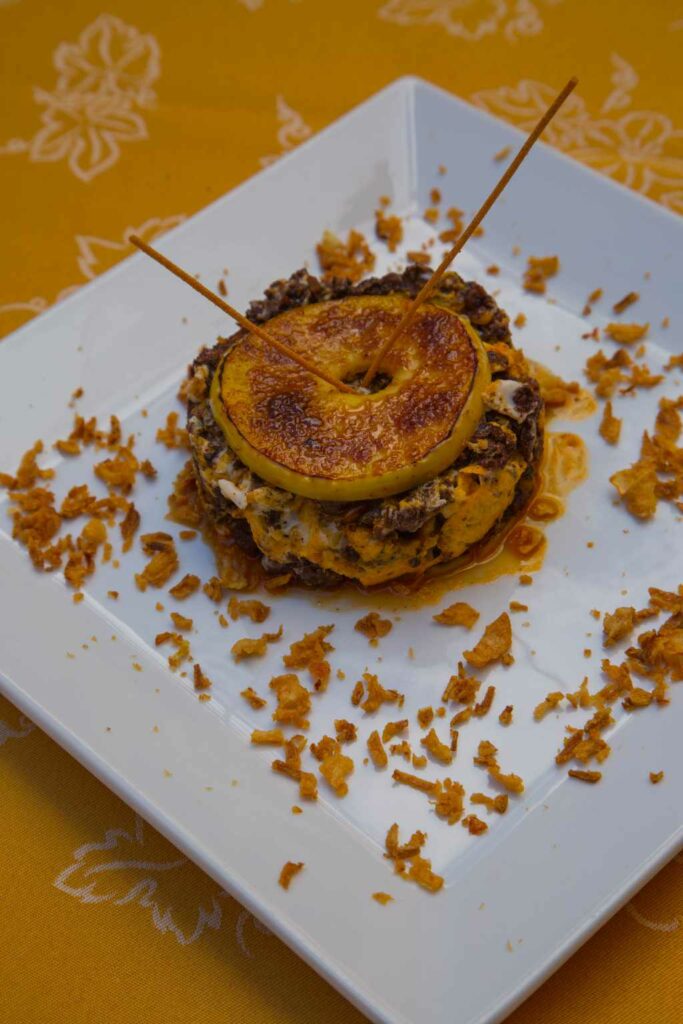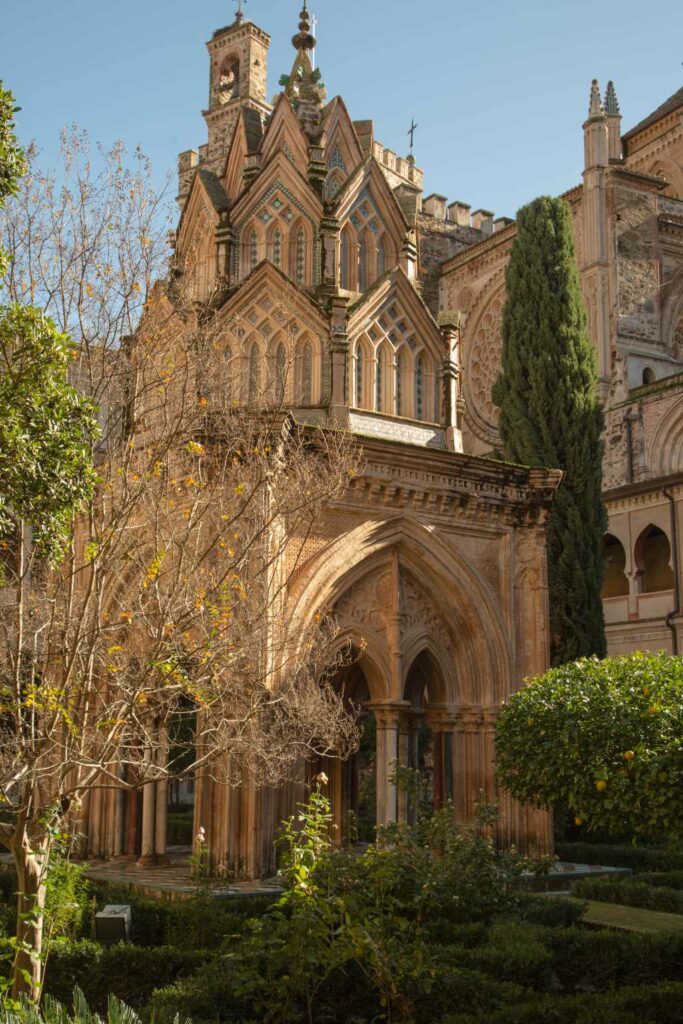Jeronimos Road
A little history…
‘My life has been a long journey’, exclaimed Carlos, I of Spain and V of Germany, upon his arrival at the Monastery of Yuste in the twilight of that harsh winter of 1557. After a long journey of several months traveling from his possessions in Flanders, and after leaving his reign in the hands of his son Felipe II, the emperor made his entrance through the church of the small monastery of Yuste, where he was received by the small community of Jeronimos monks who inhabited the monastery. Seated in a chair, all the religious representatives kissed his hands, while the prior addressed a few words of thanks for his choice to live with them. Thus came the beginning of the end of one of the main characters in European history and of our Jerónimo path, since his journey and active life were ending. An itinerary between two of the most important monasteries of the Hieronymite order, which will be shaped as a historical and cultural corridor, uniting the monastery of Yuste with that of Guadalupe, which, as we already know, was the main intellectual, cultural and religious center of the fifteenth and sixteenth centuries. The Jerónima (Hieronymite) order, which was established in the 14th century, is not, paradoxically, a foundation of Saint Jerome. The true creators of the order would be Pedro Fernández Pecha and Fernando Yáñez de Figueroa, who before being religious were nobles of the house of Don Alfonso XI (1311-1350) and his son Don Pedro I el Cruel (1334-1369), establishing a movement of sympathy, admiration and respect on the part of many members of the nobility towards that new religious family established in San Bartolomé de Lupiana (on lands of the current Ciudad Real) and its spiritual renewal project. Its founders were promoters of a hermitic movement of contemplative life that would arise as a reaction to the monastic decline and totally independent of traditional monasticism. Juan I of Castilla, in 1389, decides to hand over the old church of Guadalupe, over which he has recognized the royal patronage, to the Jerónimos, as one more link in the ambitious policy of religious reform undertaken by the Castilian monarch. The transition from church to monastery, from secular to regular clergy, put an end to a period in which Guadalupe went from being a simple hermitage to becoming one of the most important Marian centers in Castile. From the 15th century, the Jerónimos surrendered to the monarchs so that they could use and make use of the order as their own. Both the Catholic Kings and Felipe I and later Carlos V and Felipe II, would strengthen and reaffirm the importance and weight that the order would have in the Spanish ecclesiastical panorama.Guadeloupe Tourist Office
Plaza Santa María de Guadalupe, 10140 · Guadalupe
Tel: 927 154 128
oficinadeturismo@ayuntamientodeguadalupe.es
Aprodervi
Calle Zorilla, 1
10136 Cañamero · Cáceres
Tel: 927 369 429
Fax: 927 369 196
www.aprodervi.com.es



